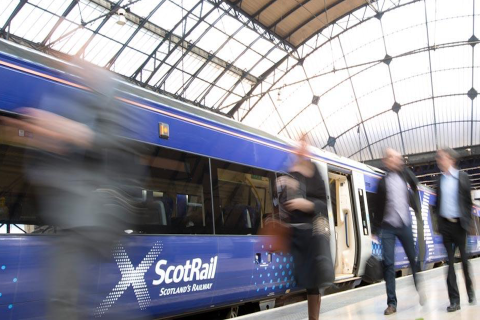How can railways phase out diesel from their operations?

HVO fuel and a future hydrogen combustion engine will both play a role in reducing rail emissions. “We can replace old vehicles with new sustainable trains, however we also need to do something to reduce the carbon footprint of existing vehicles running on diesel”, said Sittipan Reinold, Program Lead Diesel Exit Rail at Deutsche Bahn during the latest RailTech webinar on reducing rail emissions and shifting to alternatives for diesel.
Want to read more?
You have read all of your free premium articles for this month. Please become a subscriber to keep reading.
Subscribe now!
Take advantage of our exclusive offer to get full access to all premium content.





With all respect, with or without diesel, already, by far railways is the most energy effective on shore transport device!
(DB and Industry has got bigger, acute, serious problems, than diesel, to attend!)
Infrastructure already is short of capacity, hampered by “state of the art” techniques, since long due, for the needed shift.
(Disturbings is Problem, that, for sake of clients and for Industry, urgently have to be outed!
Electrification, as currently, is not sustainable, etc., etc.)